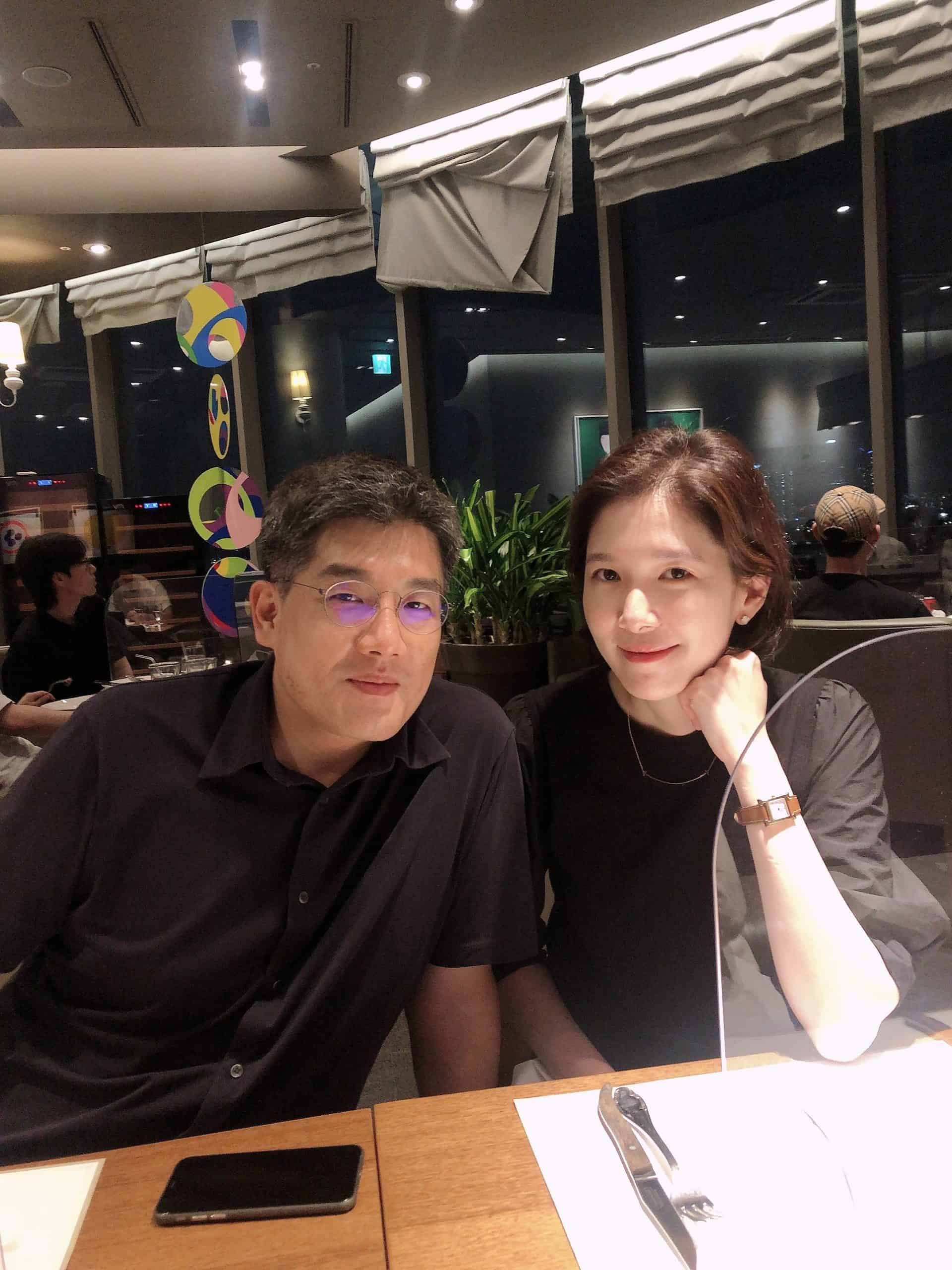- About
- Members
- Sponsors
- Subcommittees
- Technical Documents
- News
- Events
- Spotlight ATSC 3.0
- Contact Us
- Member Login
- Member Meetings
- Advanced Search
Search Site
Member Links
- About
- Members
- Sponsors
- Subcommittees
- Technical Documents
- News
- Events
- Spotlight ATSC 3.0
- Contact Us
- Member Login
- Member Meetings
- Advanced Search
Someone You Should Know: iWedia Director of Business Development & Sales, Tony Sangwon Kim
Posted on November 9, 2022 in ATSC News
With a media industry career that stretches back more than a decade, Tony Sangwon Kim has built a career over the past three years with iWedia and previously for a decade at Alticast. “During this period a major sector of mine is middleware and broadcast stacks such as MHP, DVB, ARIB, ISDB and ATSC. Based on these experiences, expertise, and technical understanding, I’ve been assigned as an evangelist of ATSC 3.0 in iWedia,” Kim explains. And since Korea was the first country to deploy ATSC 3.0, “there are strong ecosystem partners in Korea with respect to ATSC 3.0 over TV/Device manufacturers and headend providers.”
Tony is an Ohio State University graduate, majoring in Economics. In Korea, his first professional career position was with Sun Microsystems. Next stop was Alticast, a middleware company for set-top boxes and TVs. “Nine months after joining Alticast, I was relocated to Europe to work in Germany and the Netherlands. It was 2010 and a ‘golden era’ for digital TV and set-top boxes. In 2019, iWedia made me an offer and now I am here. It’s a bit of a challenge sometimes with the different time zones. iWedia has a HQ in Europe and I am based in Seoul, and or course our ATSC 3.0 customers are also in the USA. I do enjoy playing the role of a global citizen across all different cultures.”
With ATSC, Tony has been deeply involved with Technology Group 3, Planning Team 4: Future Broadcast Ecosystem Technologies, and Planning Team 5: Automotive Applications.
“I enjoy introductions to new things and am also happy to overcome some challenges. Even if ATSC 3.0 is a new version of ATSC it is a totally different, new technology. And it can be a new platform for the broadcasting industry. I do like to see it evolve and grow. And I believe that ATSC 3.0 can be a ‘game changer’ for broadcasters and for normal people with a new user experience. It could lead new market evolutions and a new revenue generation tool for many stakeholders.”
Two-Way Street
“A most interesting aspect of ATSC 3.0 is that the previous broadcasting infrastructure was one way, which it is called ‘linear’. This means, there is no return path. Whereas ATSC 3.0 is IP-based technology,” which seamlessly interoperates with a return path via any two-way IP network. “There is huge potential for broadcasters to create new business models such as skinny bundles of content, app-based new content consumption by viewers, addressable TV experiences, and more.
“Previously, TV was called an ‘Idiot Box’. Thanks to evolving TV technology with IP, now it has another name — ‘Smart TV’. NEXTGEN TV works and acts in quite a smart way. Now is the time for broadcasters to return to the main stage and to think and develop new services for themselves. And ATSC 3.0 can be a platform to enable such business models. I do hope that ATSC 3.0 awakens broadcasters to a new world. Ultimately, I do anticipate that the borders between broadcasters and pay-TV operators will blur. Now, the ball is in the hands of the broadcasters,” Tony says.
“The biggest advantage of ATSC 3.0 is that it’s a window to be more interactive between broadcaster and viewer. There are great opportunities ahead for things like Distance Education,” he says. “The experience can be more vibrant between two points – between the TV and the content.”

Buckeye Booster
Tony says his wife runs her own small business – a flower shop. She was certified as a florist in the Netherlands. They have one daughter who is 14 years old, and while they miss being in Europe, they do enjoy life in Korea. “The mother country is always a most relaxing place,” Tony says. In his spare time, he enjoys riding a road bike and playing golf. “And since I’m in the media industry, it’s part work and party hobby to watch movies and sports. The Ohio State Buckeyes are my favorite team, and I enjoy watching American football.”
Posted in ATSC News
News Categories
News Archives
Subscribe
Subscribe to The Standard, our monthly newsletter. Learn More
Join ATSC
ATSC is a membership organization with both voting and observer categories. Voting members include corporations, nonprofit organizations, and government entities, and they participate actively in the work of ATSC. Observers are individuals or entities not eligible to be a voting member.
Subscribe to our Newsletter
Subscribe to The Standard, our monthly newsletter, to stay up-to-date with ATSC news and events around the world.
Site Links
Contact Us
Advanced Television Systems Committee, Inc.
1300 I Street NW, Suite 400E
Washington, DC 20005
Do you have questions about ATSC?
About ATSC
The Advanced Television Systems Committee, Inc., is an international, non-profit organization developing voluntary standards and recommended practices for digital terrestrial broadcasting. ATSC member organizations represent the broadcast, broadcast equipment, motion picture, consumer electronics, computer, cable, satellite, and semiconductor industries. ATSC also develops digital terrestrial broadcasting implementation strategies and supports educational activities on ATSC standards.
© 2025 ATSC




































